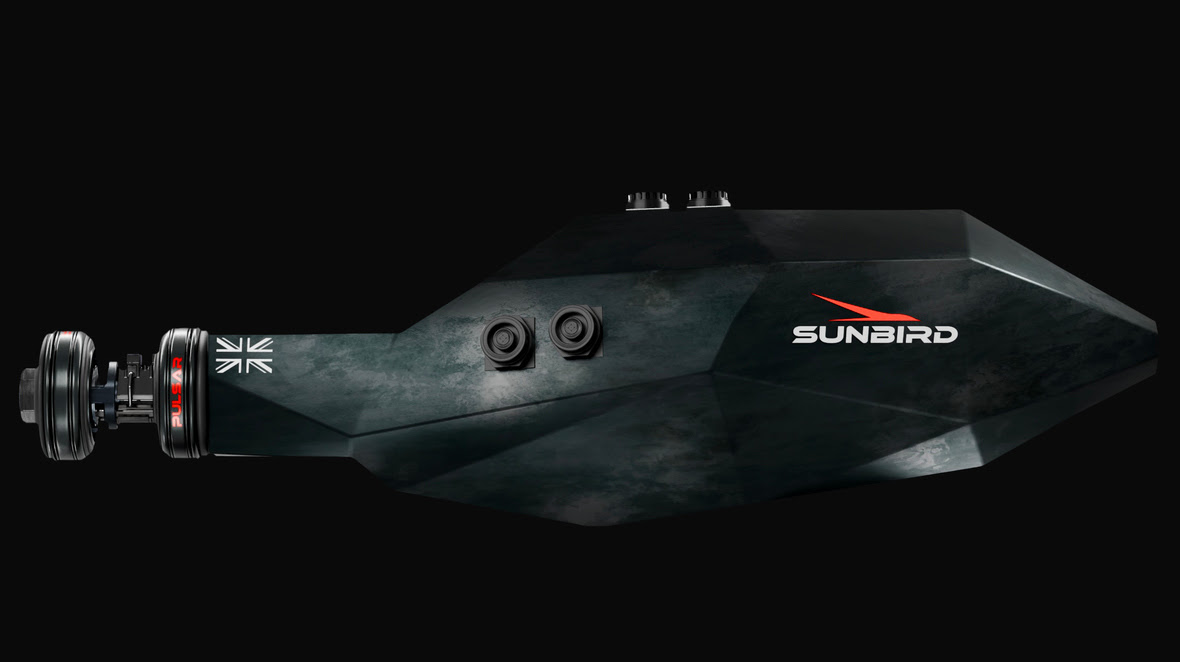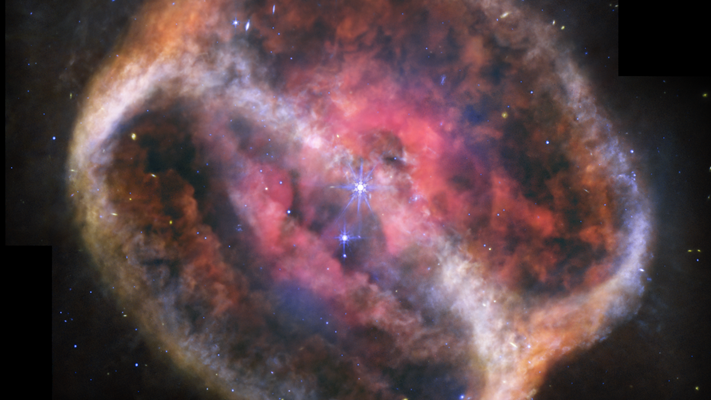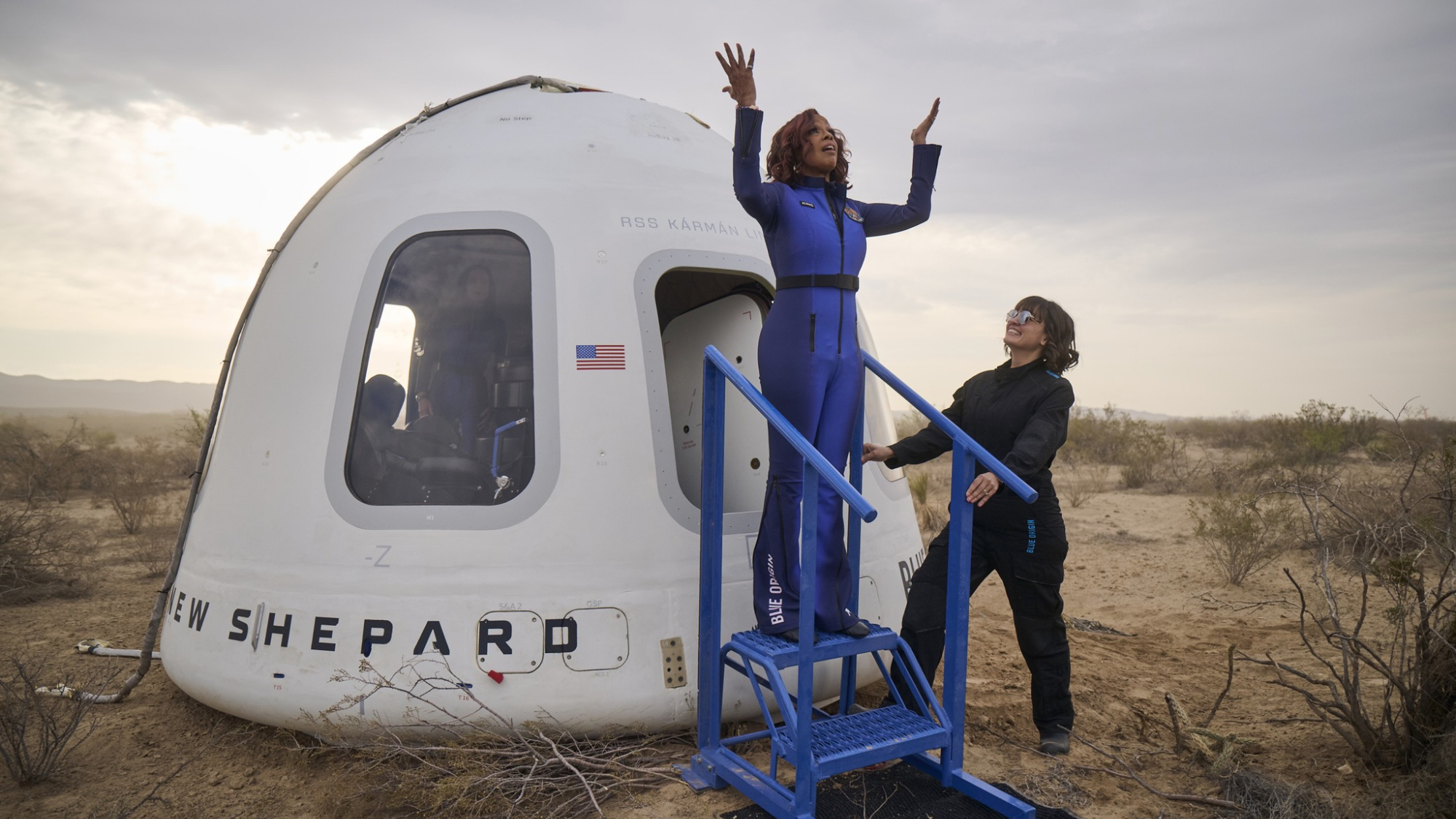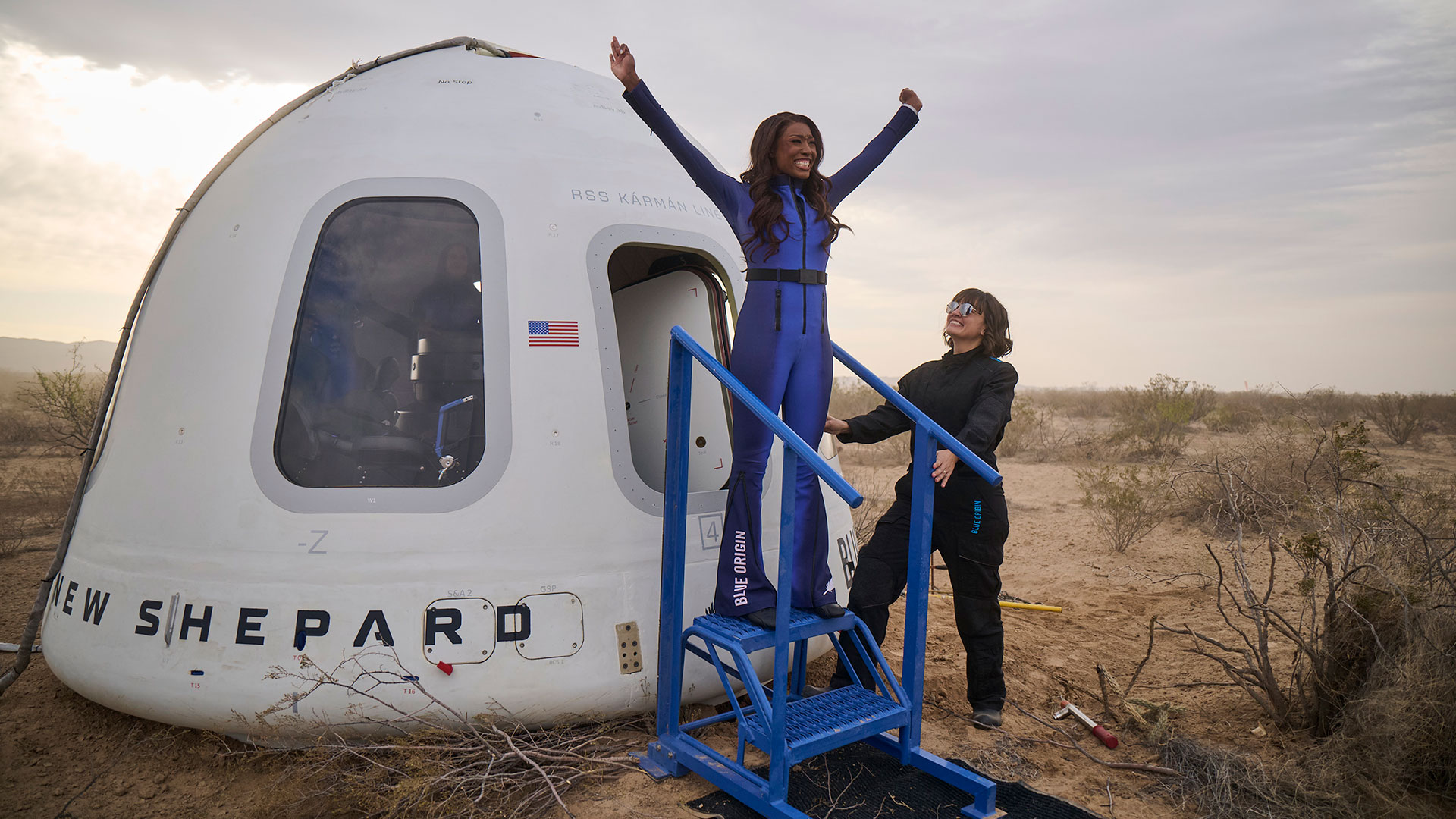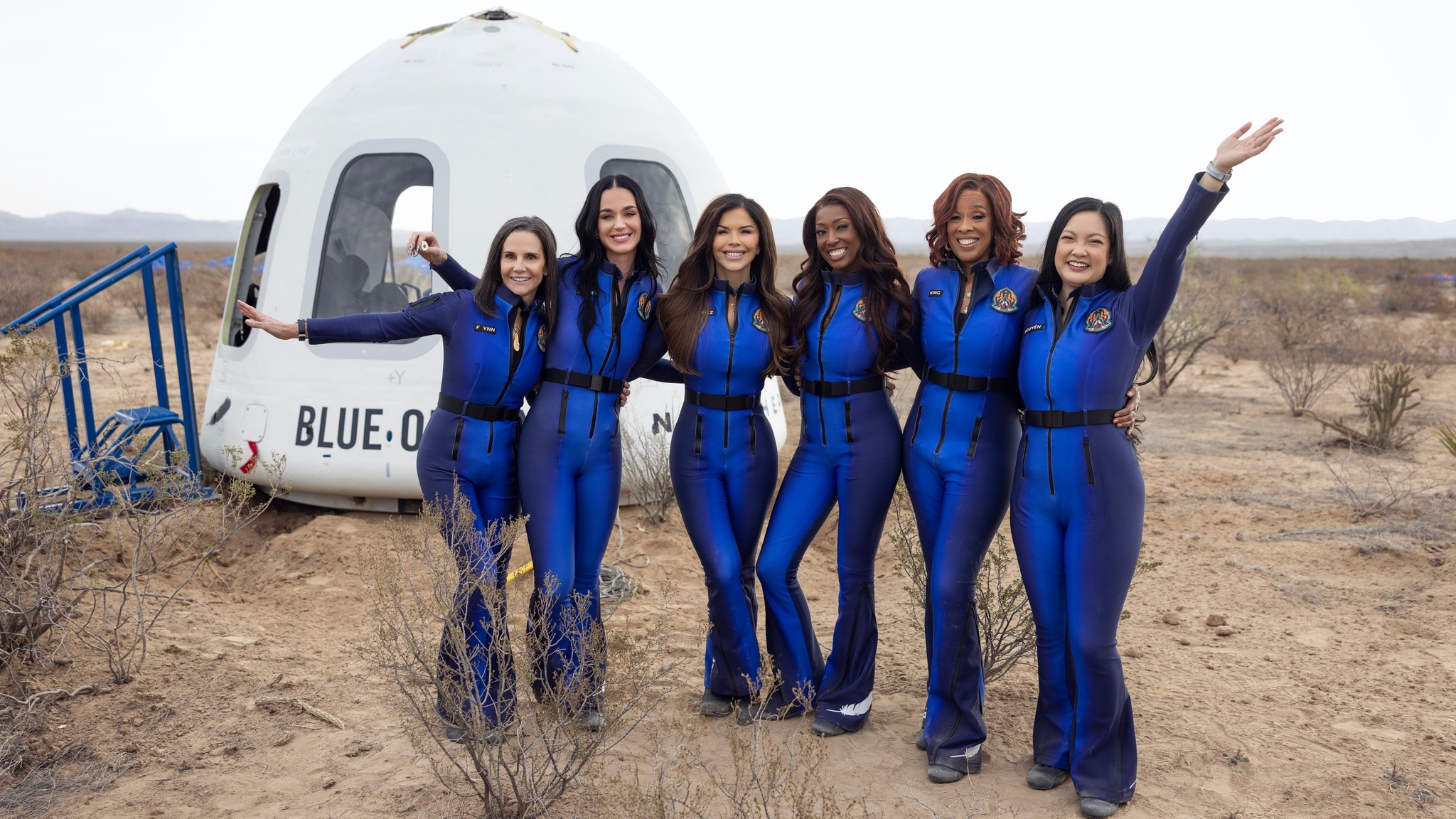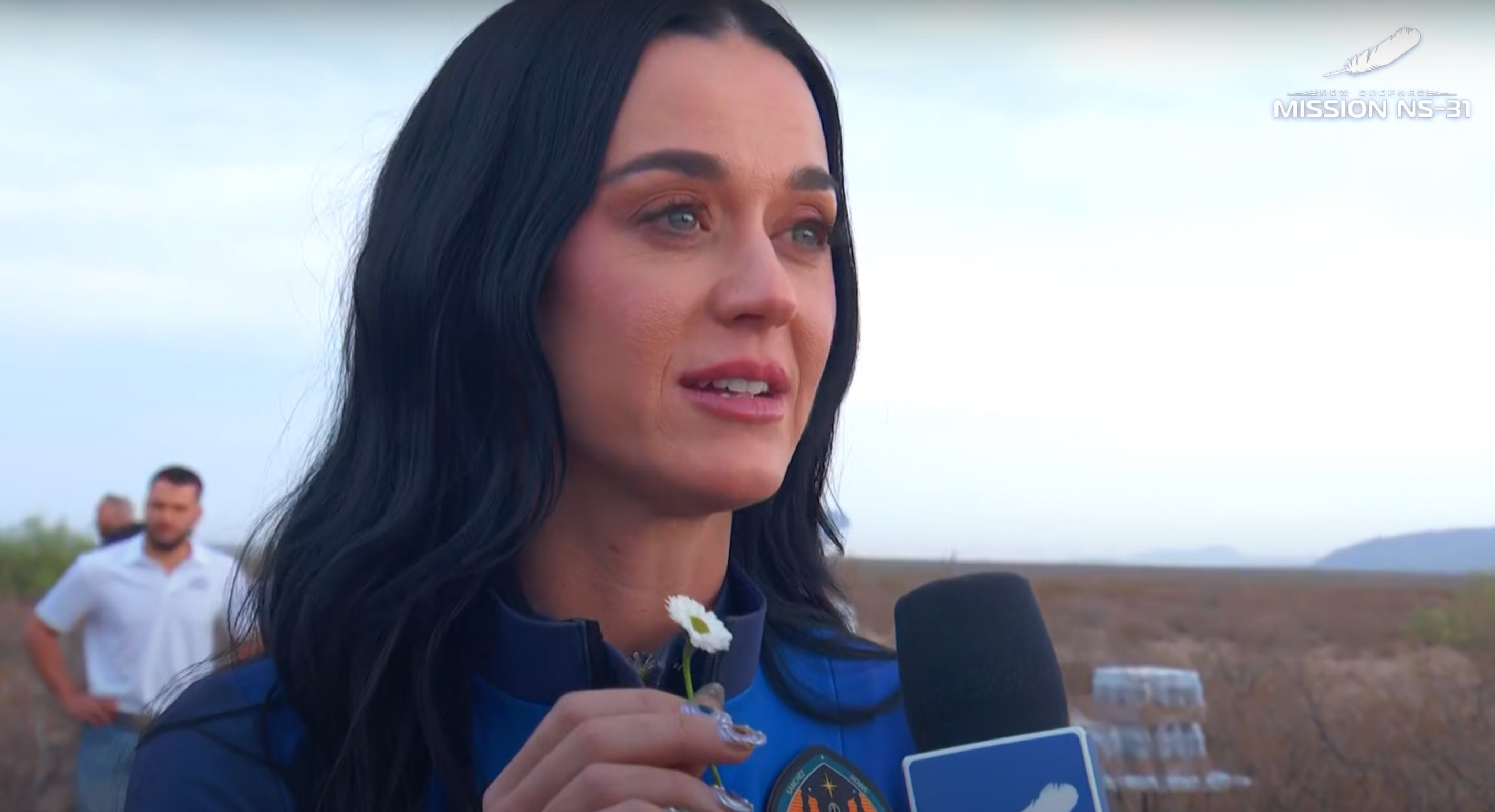NASA Confirms New Moon Vehicle is Orion
Orion itis.
A monthafter being granted a federal trademark for its use and hours after anastronaut in space inadvertantly broadcasted it for anyone to hear, NASAannounced that its new crew exploration vehicle will be named Orion.
"We'vebeen calling it the crew exploration vehicle for several years, but today ithas a name... Orion," Jeffrey Williams was heard saying over an open radiochannel from the international space station today. According to the AssociatedPress, the recording was meant for an announcement planned for next week, butwas released in error.
Afterinitial denials, NASA issued a release several hours later confirming the name.
collectSPACE.comwas the first to report the moniker Orion in July, after a publicly-accessiblefederal trademark search identified the agency's choice.
The modernday equivalent of an Apollo capsule, Orion is the vehicle NASA's ConstellationProgram is developing to carry a new generation of astronauts back to the Moonand later to Mars. Orion will succeed the space shuttle as the space agency'sprimary craft for crewed exploration.

Orion'sfirst flight with astronauts on-board is planned for no later than 2014 to theInternational Space Station. Its first flight to the Moon is planned for nolater than 2020.
Get the Space.com Newsletter
Breaking space news, the latest updates on rocket launches, skywatching events and more!
NASA chosethe name for one of the most familiar and easily identifiable constellations.
"Manyof its stars have been used for navigation and guided explorers to new worldsfor centuries," said Orion Project Manager Skip Hatfield. "Our team,and all of NASA - and, I believe, our country - grows more excited with everystep forward this program takes. The future for space exploration is comingquickly."
In June,NASA announced the launch vehicles for Orion, its cargo and future lunar landerhave been named Ares, a synonym for Mars. The booster that will launch Orionwill be called Ares I, and a larger heavy-lift launch vehicle will be known asAres V.
Orion willtransport cargo and up to six crew members to and from the international spacestation. It can carry a crew of four for lunar missions. Later, it will supportcrew transfers for Mars missions, according to NASA's plans.
Orionborrows its shape from Apollo capsules of the past, but will take advantage ofmodern technology. NASA engineers have said that its conical shape is thesafest and most reliable for re-entering the Earth's atmosphere, particularlyat the speeds required for a direct return form the Moon.
Currentplans call for Orion to be 16.5 feet (5 meters) in diameter and have a mass ofabout 25 tons. Inside, it will have more than twice the volume of an Apollocommand module. The spacecraft is designed to return humans to the Moon to stayfor long periods as a testing ground for the longer journey to Mars.
NASA isexpected to announce the prime contractor for Orion by the end of the month.Two teams, one led by Lockheed Martin and the other a joint effort by NorthropGrumman and The Boeing Co., are currently competing.
Though notreleased on Tuesday, a logo for Project Orion has been labeled as"approved" in NASA internal papers.
- NASA's New Moon Project Gets a Logo
- NASA Names Rockets for Moon and Mars Missions
- Project Orion to Follow Apollo to the Moon
- Apollo 11: A Look Back in Pictures
- The Story of Apollo 11
Copyright 2006 collectSPACE.com. All rights reserved.

Join our Space Forums to keep talking space on the latest missions, night sky and more! And if you have a news tip, correction or comment, let us know at: community@space.com.

Robert Pearlman is a space historian, journalist and the founder and editor of collectSPACE.com, a daily news publication and community devoted to space history with a particular focus on how and where space exploration intersects with pop culture. Pearlman is also a contributing writer for Space.com and co-author of "Space Stations: The Art, Science, and Reality of Working in Space” published by Smithsonian Books in 2018.In 2009, he was inducted into the U.S. Space Camp Hall of Fame in Huntsville, Alabama. In 2021, he was honored by the American Astronautical Society with the Ordway Award for Sustained Excellence in Spaceflight History. In 2023, the National Space Club Florida Committee recognized Pearlman with the Kolcum News and Communications Award for excellence in telling the space story along the Space Coast and throughout the world.

